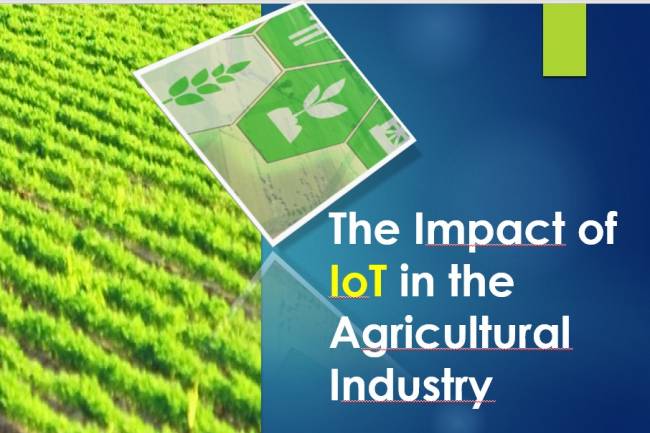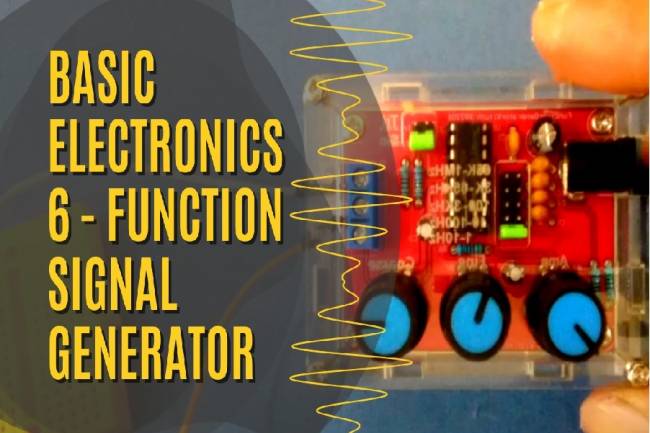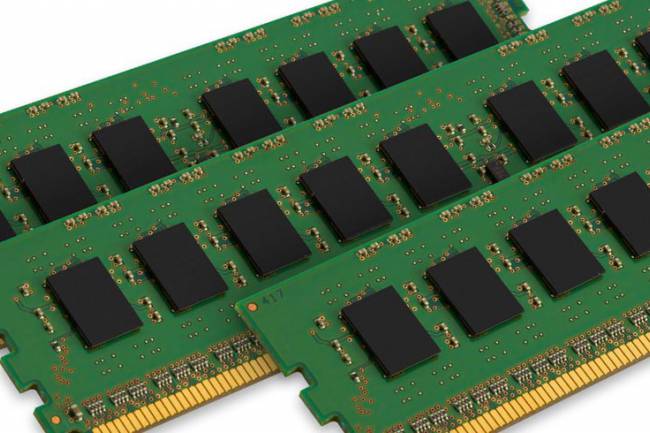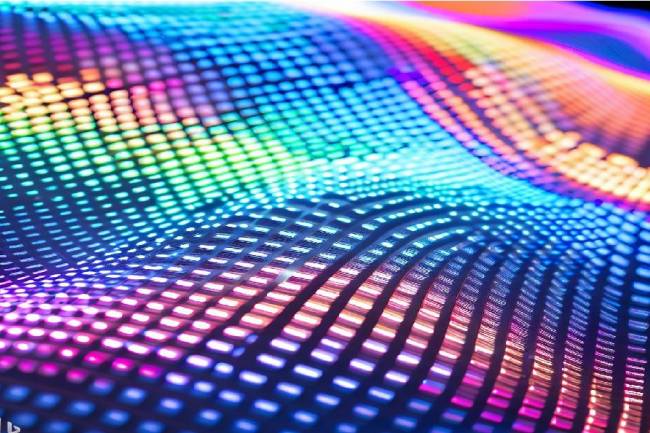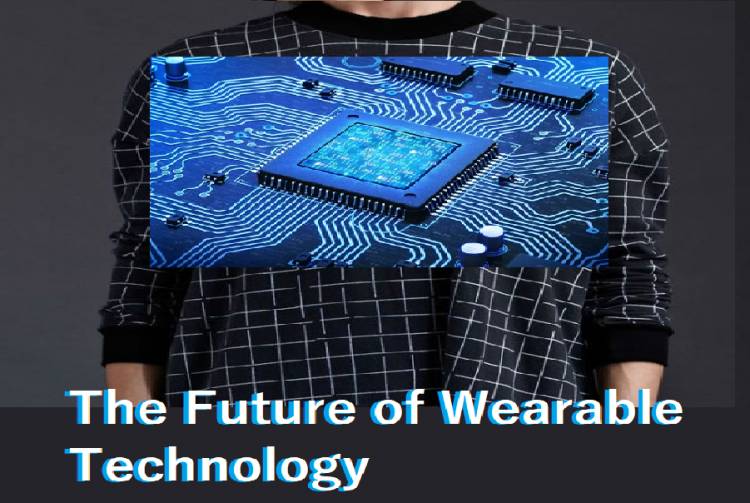
Where is the limit of wearable technology?
With the development of electronic and software technologies, new standards, terms and economic sectors are formed. These emerging sectors, on the other hand, are accelerating electronics and software technology again with feedback.
The development of sciences, combined with electronics and software technology, opens the door to new discoveries. As it is known, the important thing for science is data. In terms of providing data, the contribution of electronic technology to science is billions of data per second, and we reach new discoveries more quickly with simulation and real applications that can process and evaluate this data and produce scientific results.
The chip technology, which started with the invention of the transistor, came to microprocessors and microcontrollers, respectively, after logical gates and opamps. Microcontroller technology, on the other hand, has become easier for many industrial applications. The development of microcontrollers has not stopped, and microcontrollers with an operating system (like SoC) are currently being produced, albeit a small one.
The production technology of microcontrollers, which includes many peripherals (ADC, DAC, Sensors, communication protocols…), has come down to 3-4 nanometers.
If we talk about the subject of our article, microcontroller cards designed with new microcontrollers are now sewn to people's clothing with needle thread. Advanced health analyzes can be made instantly with very different data obtained from the human body. Many health data such as heart rate measurement, heart rate, calories burned can be processed instantly and results can be produced.
The transmission of data with wearable electronic cards is now standardized data transmission protocols such as bluetooth, wi-fi, etc. or with conventional RF transmission circuits. It is also possible for wearable microcontroller cards to process data and produce results. For wider analysis, it is also possible to transfer it to a central-cloud server programs with the help of the communication protocols mentioned earlier. Transferring the data to a cloud server creates an advantage in terms of storing historical data and provides much healthier analysis.
Wearable technology should not be thought of only in terms of data such as heart rate and blood pressure. We can also think of walking as a technology that records and analyzes joint movements as if recording a movie. It is also possible to think of it as a technology that analyzes the data obtained with wearable technology together with environmental data.
At this point, we should definitely touch on the issue of organic electronics. The first real applications in the field of organic electronics showed themselves with organic leds. Of course, organic leds are not the only business of the organic electronics field. With the development of organic chips, the evolution of wearable technologies will also be affected differently. An organic electronic circuit that can be developed like an adhesive tape will make a very important contribution to wearable electronics technology.
The familiar, “solid” chips will of course continue to be used. However, since our subject is wearable technologies, the development in the field of organic electronics is of interest to us. This technology can go to such advanced levels that even human or animal organs can be easily produced.
Another dimension related to wearable technologies is this. Mini-robot studies that can travel in the internal system of the human body, which are continuing at some universities, including Stanford University. With the design and production of microcontroller systems, which we mentioned at the beginning of the article, in the form of very small-micro-nano-sized microcontrollers, it seems possible that a big change will occur especially in the health-medical field. In fact, this does not seem to be related to wearable technologies, but it is of course possible to use one or more close technologies together.



